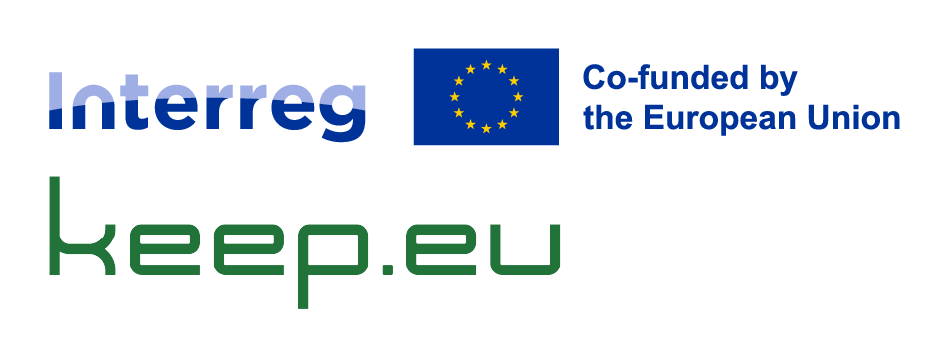Heat map. What is it?
The partner intensity displays are also known as heat maps. Keep.eu contains heat maps of territories covered by Eurostat. All other territories contain heat dots only, each dot corresponding to a town or city.
In keep.eu, the tiles map gives an indication (LOW, MEDIUM or HIGH) of the total number of partners (both lead and project partners) involved in the projects corresponding to the search criteria of the given query in a particular NUTS-3 region or a region around a non-European Union partner. Red dots are semi-transparent and centered on the partners’ positions. The more partners are in the same area, the more dots are overlapped and the darker is the shade of red (hence the name heat maps).
Each region is categorised, and consequently coloured, as one with a low, medium or high number of partners.
The lower and upper limits of each category are calculated assuming that all partners have the same probability of being in each NUTS3 region. Consequently, the number of partners per region follows a normal distribution. The boundaries of the intervals (shades) are then set so that each of them ‘theoretically’ contains one third, or ca. 33%, of the partners.
Consequently, the lower and upper limits of each category differ for every query.
How to reckon partner intensity?
Assume that a certain query results in Y number of projects in which 451 partners are involved. Assume that these 451 partners are spread out over 40 NUTS3 regions.
With 451 as the total number of partners and 40 as the number of NUTS3 regions, we have:
- The mean number of partners per NUTS3 region (total number of partners divided by the total number of NUTS3 regions) is 11.275.
- The standard deviation ‘s’ is 6.14.
The upper and lower limits of each of the categories LOW-MEDIUM-HIGH is calculated by also taking into account a constant, ‘x’, inserted in the equation in order to create a distribution that more or less equals 33% (x = 0.43). The upper and lower limits of each of those categories are reckoned as follows:
- Upper limit of the category LOW = rounded ((mean – x * s);0) = 9
- The lower limit of the category HIGH = rounded ((mean + x * s);0) = 14
A NUTS3 region is thus categorised LOW, MEDIUM, HIGH depending of the number of partners in that region according to the following boundaries per category:
- LOW <= Upper limit of the category LOW;
- Upper limit of the category LOW < MEDIUM < The lower limit of the category HIGH;
- HIGH >= The lower limit of the category HIGH.
In this example, the regions will be coloured as follows:
- Dark red are those regions with 14 or more partners involved in the project corresponding to the search query;
- Medium red are those regions with between 9 and 13 partners involved in the projects corresponding to the search query;
- Pink are those regions with less than 9 partners involved in the project corresponding to the search query.
